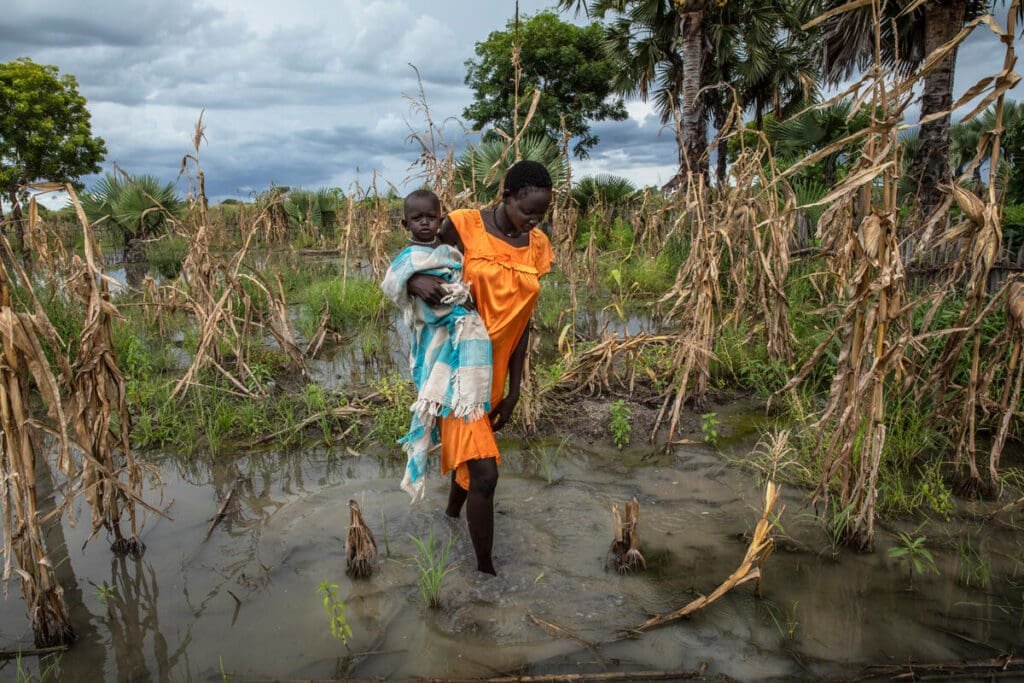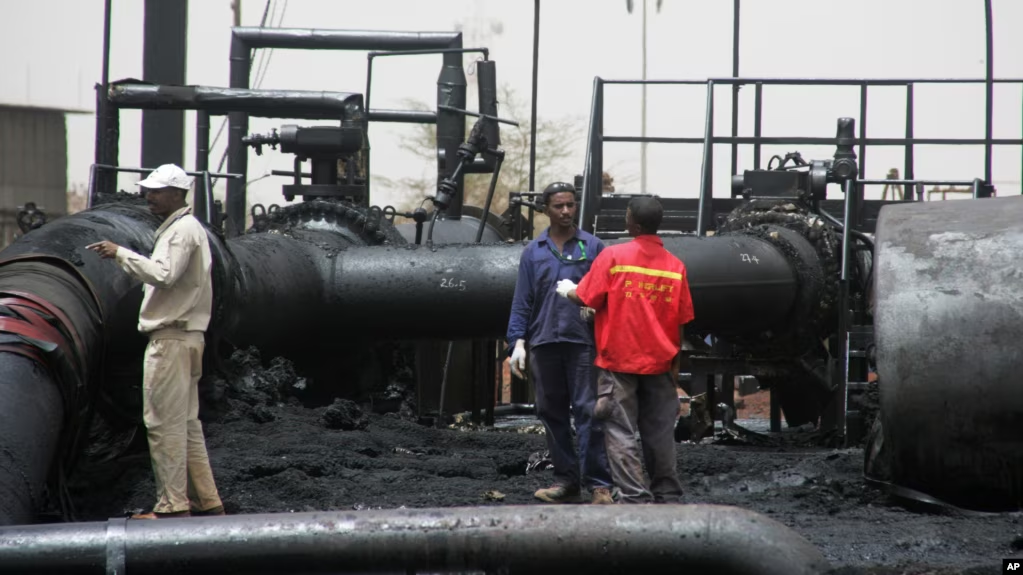SOUTH SUDAN
Key Facts
9.4 million need humanitarian assistance.
2.2 million internally displaced
Crisis hunger affects two-thirds of population
Healthcare reaches only 30% of people
1.4 million children malnourished
Current Situation
South Sudan’s people endure one of the world’s most overlooked catastrophes. The world’s youngest nation continues drowning—literally and figuratively. Unprecedented flooding has submerged entire communities for three consecutive years. Violence erupts regularly despite a fragile peace agreement. Nearly 7.1 million people face extreme hunger. Children are recruited into armed groups while women risk assault seeking water. The combined assault of conflict, climate disasters, and economic collapse has pushed 70% of South Sudanese into desperate need.
Underlying Causes



Unhealed Wounds of Conflict
Climate Catastrophe
Economic Freefall
Humanitarian Challenges
Hunger at Catastrophic Levels
Famine conditions threaten multiple regions, with 7.1 million people facing crisis levels of hunger. In Unity State, some communities were officially in famine in 2023. Mothers feed children water lilies and wild leaves while skipping meals themselves. Conflict and flooding have left fertile land inaccessible.
Health System in Ruins
Only 1 in 3 South Sudanese can access basic healthcare. Just 44% of health facilities remain functional, many existing as empty buildings without staff or medicine. Maternal mortality stands at 1,150 per 100,000 births—among the highest globally.
Mass Displacement and Protection Crisis
After a decade of conflict, 2.2 million South Sudanese remain internally displaced, with another 2.3 million refugees in neighboring countries. Countless families have been displaced multiple times, fleeing violence only to be forced out again by flooding.
Violence Against Women and Girls
Studies indicate 65% of women and girls have experienced physical or sexual violence. Child marriage has increased dramatically, with families marrying daughters as young as 12 for economic survival. Women walking to collect water face assault daily.
Children Under Constant Threat
1.4 million children suffer acute malnutrition. More than 2.8 million are out of school—the highest proportion worldwide. An estimated 19,000 children have been recruited by armed groups. Psychological trauma affects an entire generation born into endless crisis.
Water and Sanitation Emergency
Despite vast wetlands, 60% of South Sudanese lack access to clean water. In displacement camps, up to 2,000 people may share a single water point. When floods come, water sources become contaminated, spreading cholera and other diseases.
Humanitarian Access Obstructed
In 2023 alone, 22 humanitarian workers were killed—the highest number globally. Armed groups routinely block aid convoys or demand “taxes” for passage. Impassable roads during rainy seasons isolate entire communities for months.
Further Resources
Work Cited
- IPC South Sudan. (2023). Acute Food Insecurity & Acute Malnutrition Analysis.
- South Sudan REACH Initiative. (2024). Flood Impact and Vulnerability Assessment.
- UN Mission in South Sudan (UNMISS). (2023). Human Rights Violations During Intercommunal Conflicts.
- South Sudan Medical Journal. (2024). Healthcare Access Assessment.
- Sudd Institute. (2023). Economic Crisis and Household Coping Strategies in South Sudan.
- South Sudan Protection Cluster. (2024). Gender-Based Violence in Crisis Settings.
- University of Juba Center for Peace and Development. (2023). Conflict Dynamics and Peace Implementation.
- Ministry of Humanitarian Affairs and Disaster Management. (2024). National Humanitarian Response Plan.